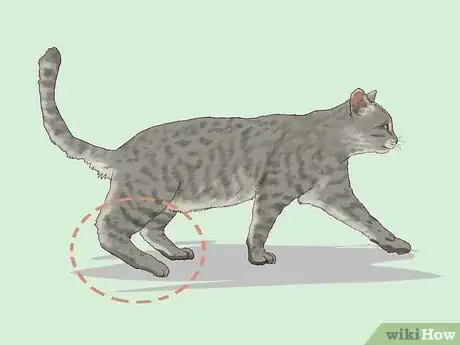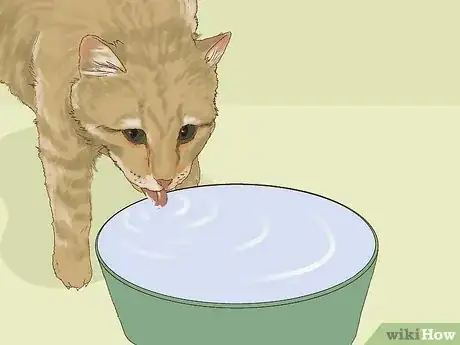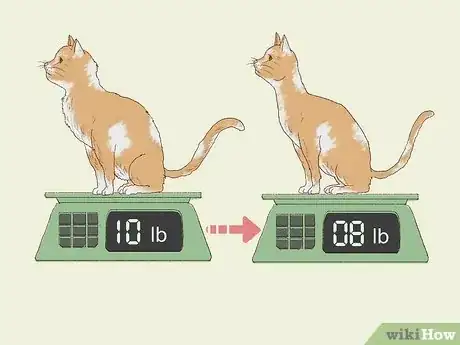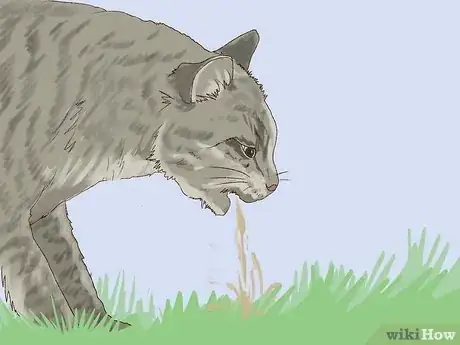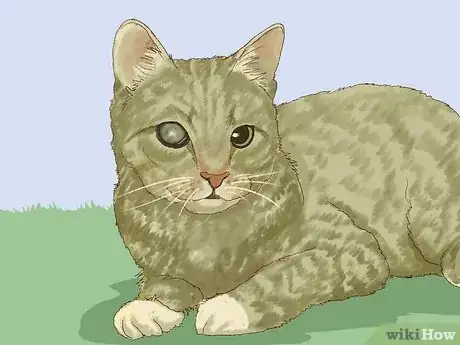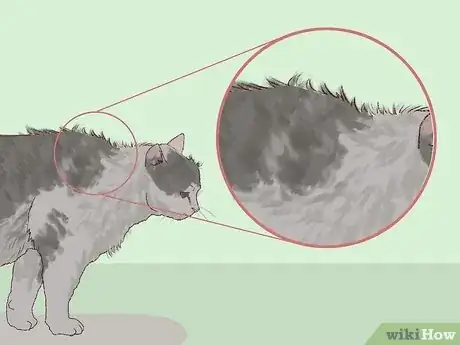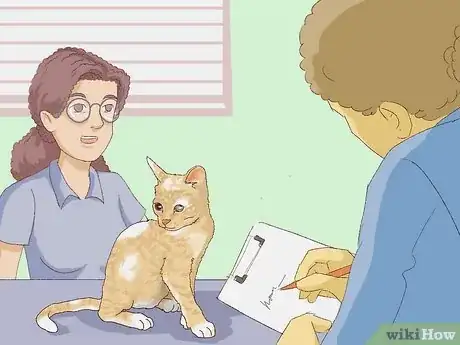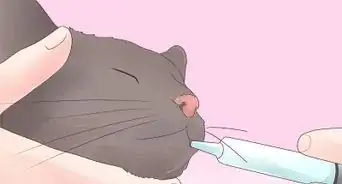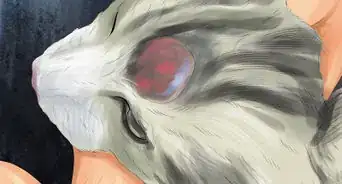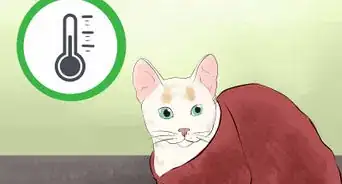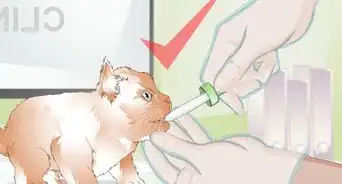This article was co-authored by Pippa Elliott, MRCVS and by wikiHow staff writer, Hannah Madden. Dr. Elliott, BVMS, MRCVS is a veterinarian with over 30 years of experience in veterinary surgery and companion animal practice. She graduated from the University of Glasgow in 1987 with a degree in veterinary medicine and surgery. She has worked at the same animal clinic in her hometown for over 20 years.
wikiHow marks an article as reader-approved once it receives enough positive feedback. In this case, 100% of readers who voted found the article helpful, earning it our reader-approved status.
This article has been viewed 51,237 times.
Has your cat been having some strange health issues lately? If your cat is overweight or a male over 8 years old, there’s a high chance they have feline diabetes. Fortunately, this condition is manageable with proper care, especially if you catch it early. In this article, we’ll tell you all the symptoms to look out for in your cat. If you notice any of these symptoms of cat diabetes, make an appointment with your vet for a diagnosis.
Steps
Warnings
- If your cat is experiencing any of these symptoms, make an appointment with your vet right away for a diagnosis.⧼thumbs_response⧽
References
- ↑ https://www.americanhumane.org/fact-sheet/feline-diabetes/
- ↑ https://www.bluecross.org.uk/advice/cat/diabetes-in-cats
- ↑ https://www.bluecross.org.uk/advice/cat/diabetes-in-cats
- ↑ https://www.ncbi.nlm.nih.gov/pmc/articles/PMC6053045/
- ↑ https://www.americanhumane.org/fact-sheet/feline-diabetes/
- ↑ https://resources.bestfriends.org/article/cat-diabetes-causes-signs-diagnosis-treatment
- ↑ https://catvettucson.com/5-signs-cat-diabetes/
- ↑ https://www.avma.org/resources/pet-owners/petcare/diabetes-pets
- ↑ https://resources.bestfriends.org/article/cat-diabetes-causes-signs-diagnosis-treatment
About This Article
To spot feline diabetes, start by watching for common symptoms like increased thirst, frequent urination, eliminating outside of the litter box, changes in appetite, and weight fluctuations. Being overweight or obese is the biggest risk factor for feline diabetes, so be sure to consider your kitty's weight carefully. Also, if your cat is over the age of eight, it may be more prone to developing health issues like diabetes. If your cat is exhibiting these symptoms, it's best to take it to a veterinarian as soon as possible for an evaluation and treatment options. For tips from our Veterinary co-author on treating feline diabetes, read on!
